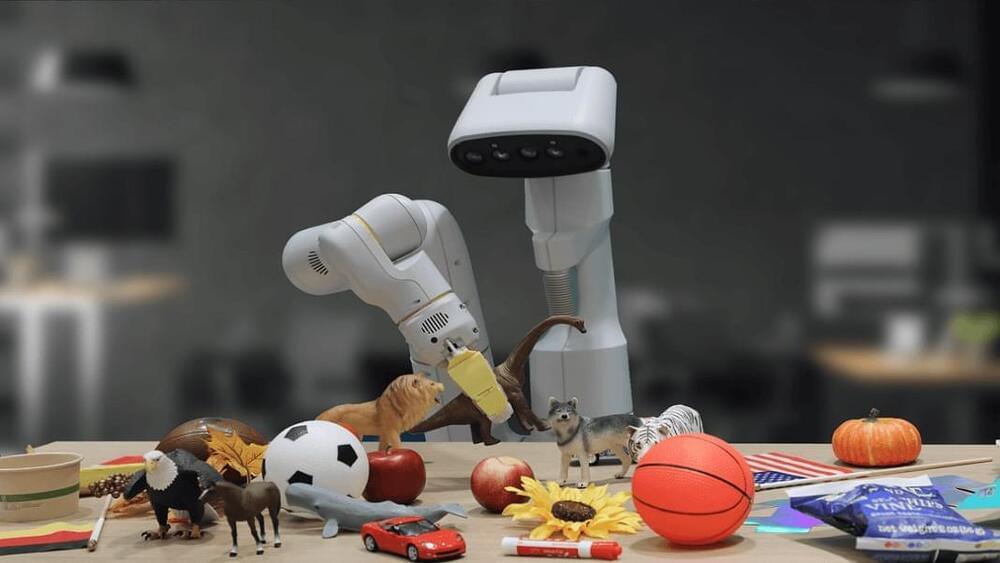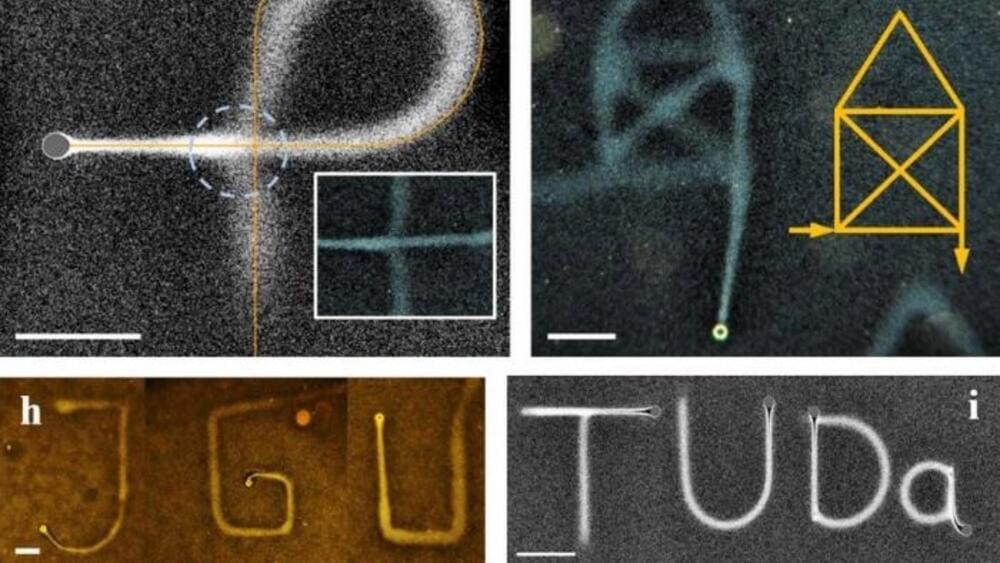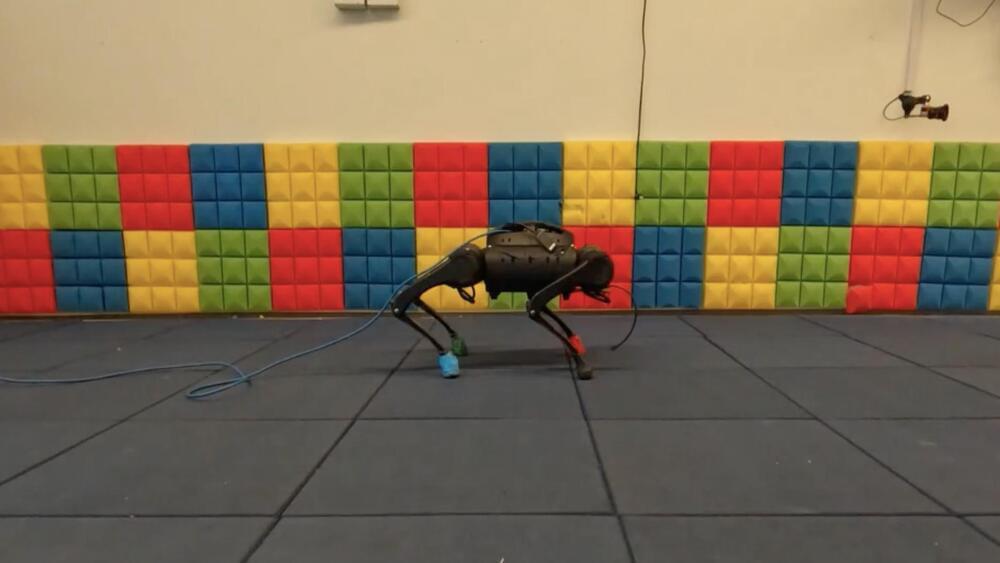Sep 1, 2023
DeepMind’s ChatGPT-Like Brain for Robots Lets Them Learn From the Internet
Posted by Shailesh Prasad in categories: internet, robotics/AI
Examples the team gives include choosing an object to use as a hammer when there’s no hammer available (the robot chooses a rock) and picking the best drink for a tired person (the robot chooses an energy drink).
“RT-2 shows improved generalization capabilities and semantic and visual understanding beyond the robotic data it was exposed to,” the researchers wrote in a Google blog post. “This includes interpreting new commands and responding to user commands by performing rudimentary reasoning, such as reasoning about object categories or high-level descriptions.”
The dream of general-purpose robots that can help humans with whatever may come up—whether in a home, a commercial setting, or an industrial setting—won’t be achievable until robots can learn on the go. What seems like the most basic instinct to us is, for robots, a complex combination of understanding context, being able to reason through it, and taking actions to solve problems that weren’t anticipated to pop up. Programming them to react appropriately to a variety of unplanned scenarios is impossible, so they need to be able to generalize and learn from experience, just like humans do.




 X, formerly known as Twitter, will begin collecting users’ biometric data, according to its new
X, formerly known as Twitter, will begin collecting users’ biometric data, according to its new 












